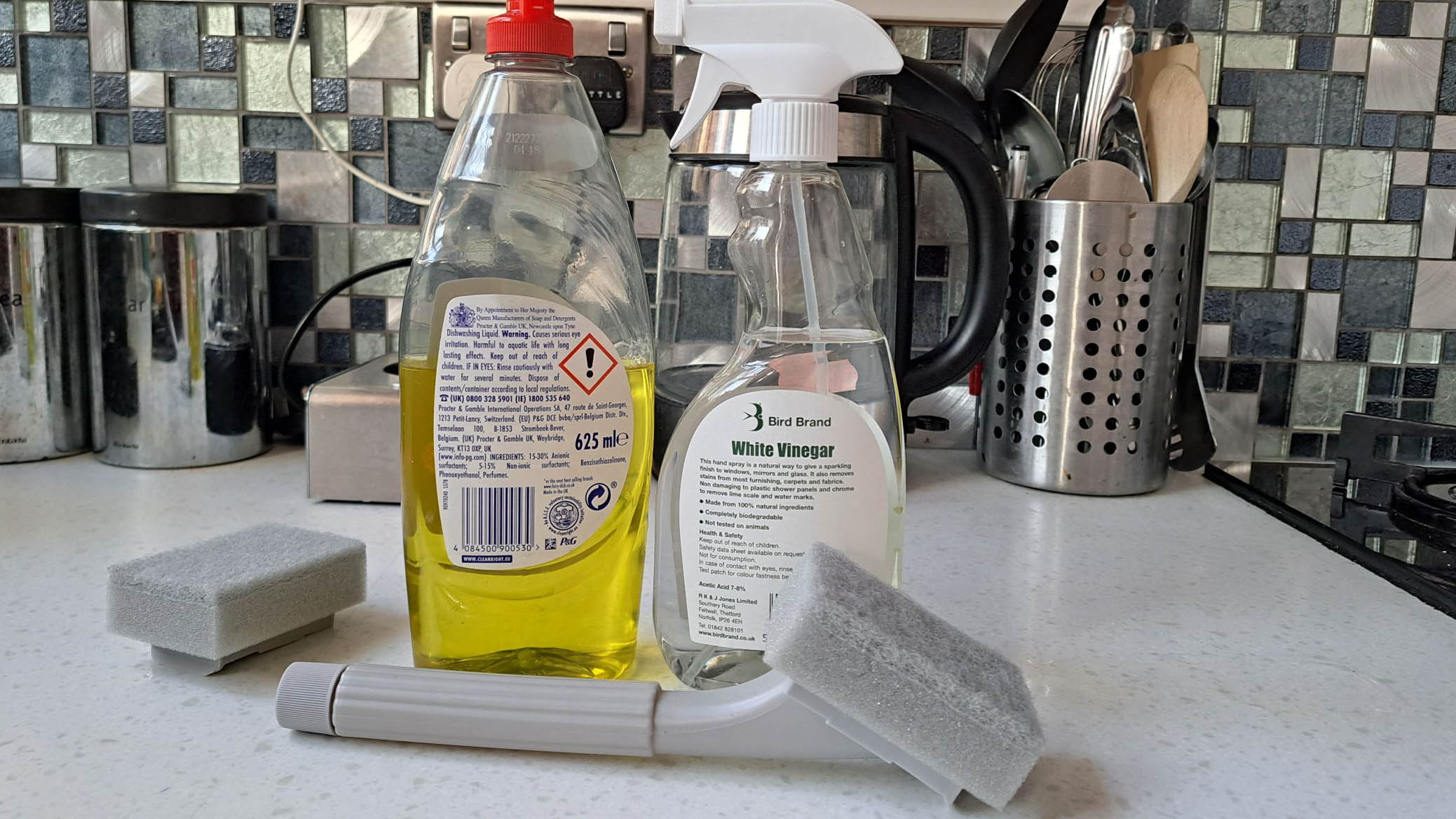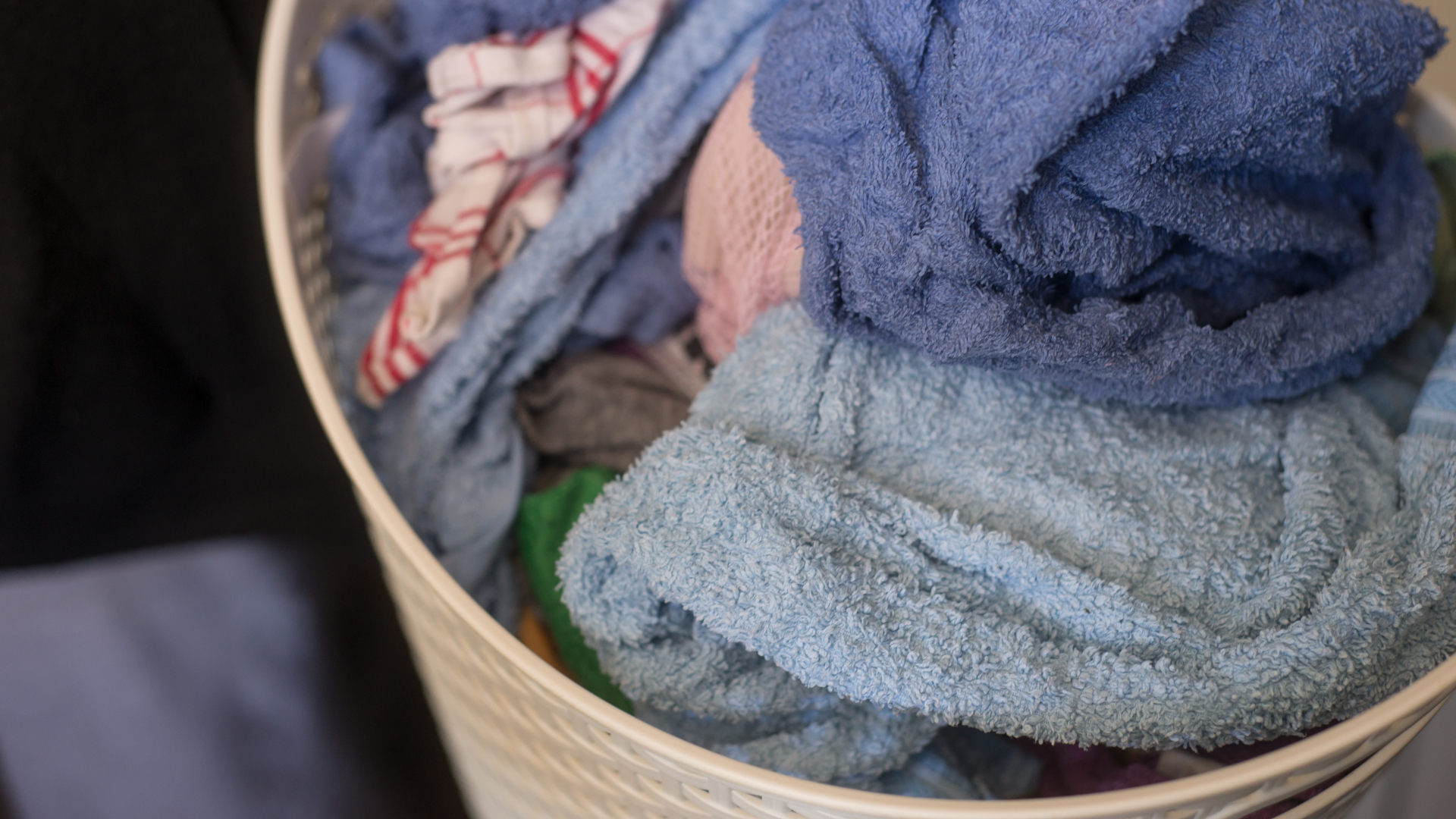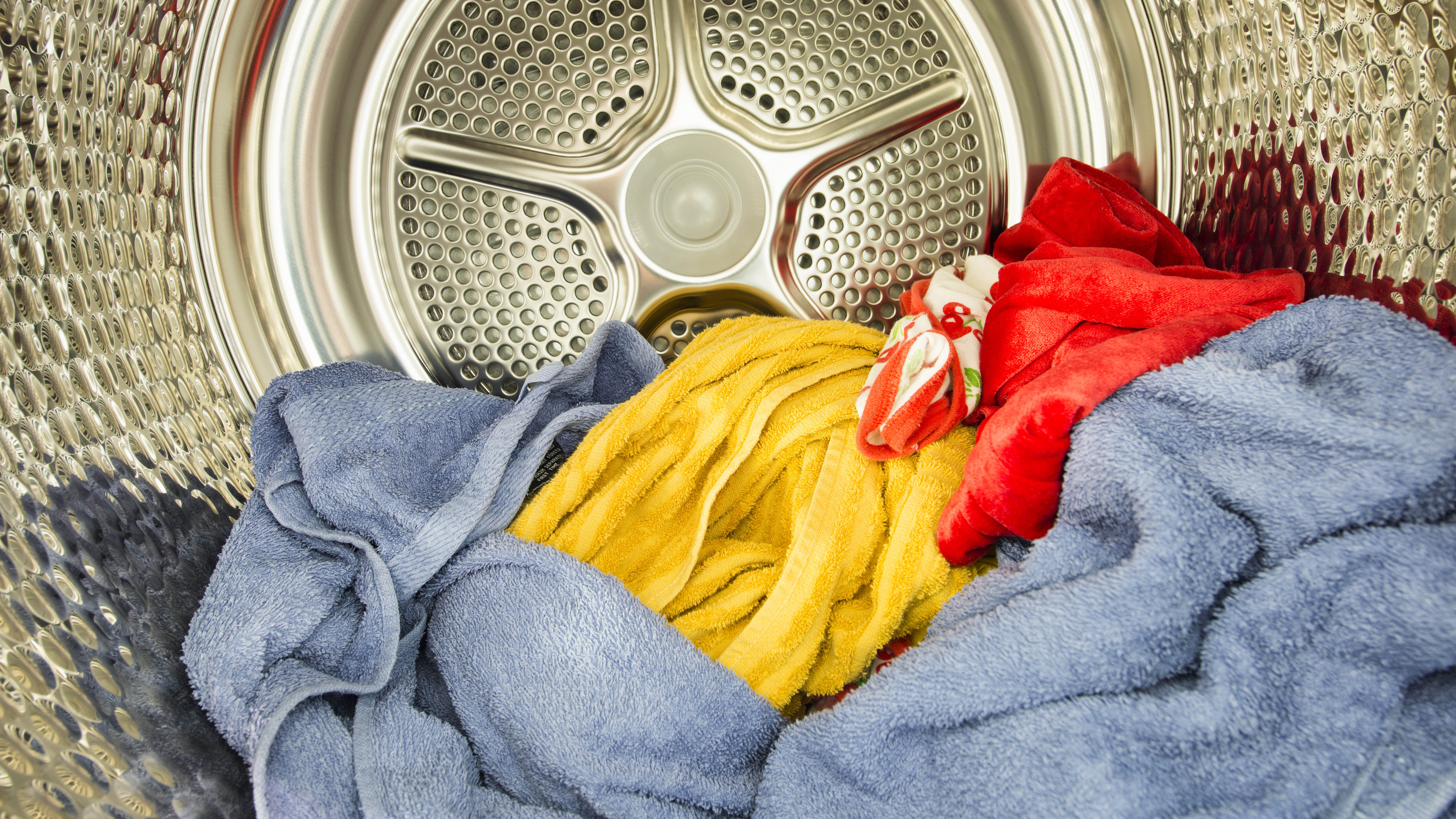
The last thing you need when arriving home from vacation is a suitcase full of sunscreen-stained, sweaty laundry to contend with. Whether you've ventured out to a hotter climate or been taking extra care when hanging out at the local pool, knowing how to remove sunscreen stains from swimwear and sweat marks from your summer wardrobe is a skill that can save you (and your washer) a lot of hard work.
Even the best washing machine could use some extra help when it comes to removing tough marks and stains from your clothes and towels. Tackling these summer-specific stains requires more than just tossing your laundry basket into the washer and hoping for the best, and it's crucial to steer clear of common stain removal mistakes to avoid to preserve your clothes and your washing machine for summers to come.
Fortunately, with a few simple household items and some savvy techniques, you can effectively clean your summer wardrobe and keep it fresh. This guide will walk you through practical, easy-to-follow hacks for removing sweat and sunscreen stains, ensuring your clothes stay in top condition all season long.
What you'll need
- Lemon juice
- White vinegar
- Baking soda
- Dish soap
- Cold water
- Gentle detergent
1. Tackle sunscreen stains with lemon juice

For oil-based sunscreen marks, apply lemon juice directly to the stain. Let it soak for about 15 minutes, then hang the garment in sunlight to dry. Afterward, wash as normal. Alternatively, you can soak the stained area in white vinegar for 30 minutes before washing at a high temperature.
2. Use dish soap for stubborn sunscreen marks

Apply washing-up liquid directly to the stained area and let it sit for at least 10 minutes. Soak the garment in warm water for 30 minutes, then wash as usual. Always check that the stain is gone before drying, as heat can set the stain permanently.
3. Pre-treat sweat stains with vinegar and baking soda

Mix equal parts white vinegar and water, then soak the stained area for 30 minutes. Next, create a paste with baking soda and water, apply it to the stain, and let it sit for 15 minutes. Wash the garment in hot or warm water as usual.
4. Apply a baking soda paste

After the vinegar treatment, create a paste with baking soda and water. Apply it to the sweat stain and let it sit for 15 minutes. Baking soda's gentle abrasiveness and odor-absorbing properties make it effective against persistent sweat marks.
5. Properly care for swimwear

Rinse swimwear in cold water immediately after use to remove chlorine or salt. Hand wash with a gentle detergent and cold water at home. Lay flat to dry in the shade to maintain elasticity and color. Avoid machine drying as ties can tangle.
6. Speed up drying process

If you're short on time or the weather isn't cooperating, place two bath towels in your beach bag with wet clothes to absorb excess moisture. This will speed up the drying process when you get home.
7. Reduce static in the laundry

For a DIY alternative to dryer sheets, use small, scrunched-up balls of aluminum foil in your dryer to reduce static cling. Even the best dryer can struggle when over-filled, especially because swimwear and towels can cling to water a lot more more than most clothes.
While tackling summer stains, you might also face other household challenges like learning how to get rid of drain flies. As you preserve your beach outfits, consider ways to save water in your yard this summer for an eco-friendly approach.







